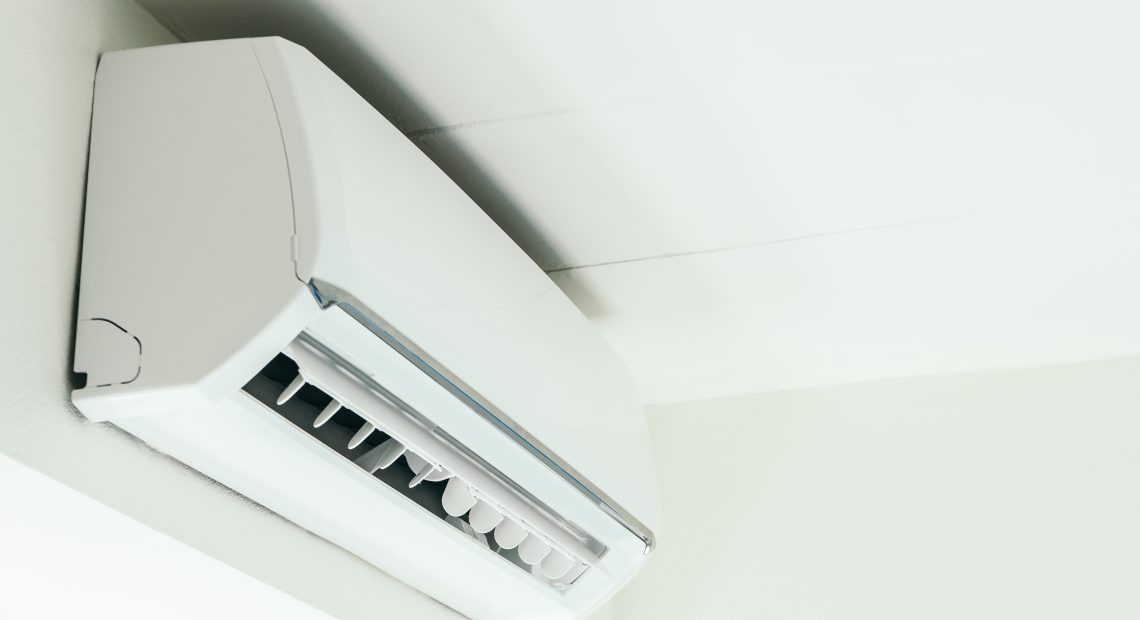
India Mandates AC Settings Between 20°C and 28°C
India has introduced a new regulation limiting air conditioner temperature settings between 20°C and 28°C for all sectors, including households, offices, and vehicles. Power Minister Manohar Lal Khattar announced the measure as part of the government’s broader plan to curb electricity consumption, reduce strain on the national power grid, and contribute to environmental conservation efforts.
AC temperature
Until now, Indian air conditioners have typically allowed a wide range of settings from 16°C to 30°C. While the Bureau of Energy Efficiency (BEE) had previously set a default temperature of 24°C, it was largely non-binding. The new rule will enforce a legally mandated range, effectively preventing excessively low cooling levels that contribute to energy overuse.
Energy efficiency
Officials highlighted that each 1°C increase in the AC temperature setting can reduce energy consumption by roughly 6%. When implemented across the estimated 100 million air conditioners currently in use—along with 15 million new units added annually—this policy could slash peak electricity demand by about 3 gigawatts. Over three years, this could translate into cost savings of up to ₹20,000 crore, easing the financial burden on both households and power infrastructure.
Peak load and grid resilience
Air conditioners account for approximately 20% of India’s total electricity load, or nearly 50 gigawatts during peak times. Last year, the country saw record-breaking electricity usage at 250 GW, with projections suggesting it could touch 270 GW in the upcoming summer months. By moderating AC use, the new rule is expected to reduce these extreme spikes and help maintain grid stability, especially during heatwaves.
Environmental and economic benefits
Along with reducing electricity bills—estimated savings per household range between ₹300 to ₹800 per month—the policy also supports India’s climate goals by reducing carbon emissions. Projections suggest it could help the country avoid up to 60 GW of additional peak demand by 2035, potentially saving ₹7.5 lakh crore in future power infrastructure investments.
Global context and implementation
India now joins countries like Italy, Spain, and Japan in standardising indoor temperature regulations. However, India’s approach is among the most comprehensive, applying uniformly across homes, commercial spaces, and even vehicle climate control systems. Government agencies are currently working with AC manufacturers and automobile companies to integrate the 20–28°C requirement into future product designs. This will soon be formalised under the Bureau of Indian Standards (BIS), and public awareness campaigns are expected to accompany the rollout.
As climate patterns shift and urban cooling demands intensify, India’s decisive move toward regulated AC temperatures reflects a strategic effort to blend comfort with sustainability. The country is setting a benchmark in energy-efficient cooling while preparing for the environmental challenges of the future.


















